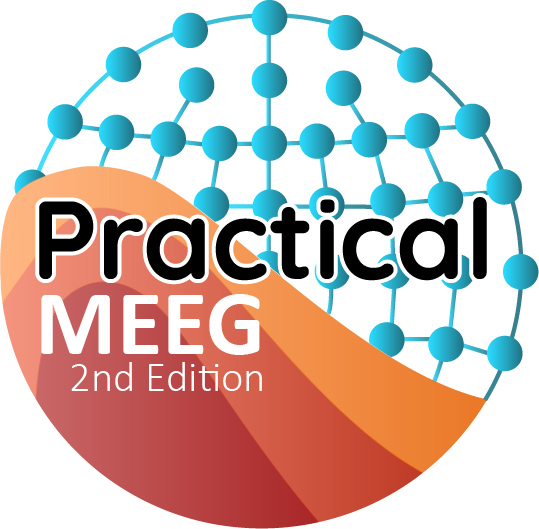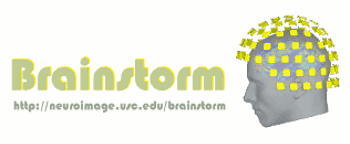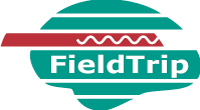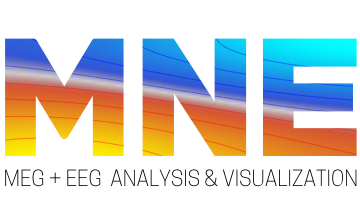Software presentation
Brainstorm
Brainstorm is an open-source analysis software working under MATLAB. It was originally developed in the MEG-EEG center at the Pitié-Salpêtrière hospital by Sylvain Baillet. Brainstorm is nowadays developed at the McGill University in Montréal by a whole team of developers.
Strengths: Brainstorm is a complete toolbox that does require no programming skills. Its stable and elegant graphical user interface allows a rapid “point and click” exploration of source reconstruction results. Historically developed for MEG data analysis, it is very well suited for this technology with several “safeguards” that prevent forgetting important steps in the analysis. The data organization is very well structured.
Weaknesses: A strict data organization implies constraints and limited flexibility for complex/unconventional designs. Time-frequency analysis is limited and data access via user interface can turn out fastidious.
Target users: Beginner users without prior experience with MATLAB will find their way easily through Brainstorm. More advanced users will be satisfied by the functionalities that also allow flexible export.
Website:
https://neuroimage.usc.edu/brainstorm
Users manual:
https://neuroimage.usc.edu/brainstorm/Tutorials
Mailing list / forum:
https://neuroimage.usc.edu/forums/
Useful preparatory material:
Video
FieldTrip
Fieldtrip is an open-source analysis software working under MATLAB. It is developed by Robert Oostenveld and coworkers at the Donders Institute for Brain and Cognition in Nijmegen.
Strengths: FieldTrip is a complete toolbox with a minimalist data structure and a command line user interface, allowing maximal flexibility. Historically developed for time-frequency analysis, it remains a leader in this domain.
Weaknesses: The command line interface is a no-go for users who are not ready to learn at least rudiments of programming. Rapid data exploration requires a good mastery of the software.
Target users: Users with prior experience (and appetite) using MATLAB will enjoy this tool.
Website:
https://www.fieldtriptoolbox.org
Users manual:
https://www.fieldtriptoolbox.org/documentation
Mailing list / forum:
https://www.fieldtriptoolbox.org/discussion_list
Useful preparatory material:
– FieldTrip: Open Source Software for Advanced Analysis of MEG, EEG, and Invasive Electrophysiological Data
and a Video
MNE-python
MNE-python is an open-source analysis software working in Python. It was initiated by Alexandre Gramfort based on the MNE libraries of Matti Hämäläinen and is nowadays developed by an important community.
Strengths: MNE-Python is a complete toolbox with strong signal processing capabilities. The Python open-source language is widely used. A historical connection to the MNE source estimation tools and Freesurfer (MRI segmentation) make it easy to interface with these tools.
Weaknesses: The user base still has to grow in our community. MATLAB is at present (2018) still a leading comfortable tool in brain imaging sciences.
Target users: Users with prior programming experience will be most at ease with MNE-python. A good occasion to learn the Python language.
Website:
https://martinos.org/mne/
Users manual:
https://martinos.org/mne/stable/tutorials.html
Mailing list / forum:
https://martinos.org/mne/stable/MNEmailinglist
Useful preparatory material:
– MEG and EEG data analysis with MNE-Python, Front. Neurosci., 26 December 2013
– A Reproducible MEG/EEG Group Study With the MNE Software: Recommendations, Quality Assessments, and Good Practices, Front. Neurosci., 06 August 2018
and more generally https://mne.tools/dev/overview/index.html




